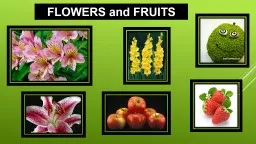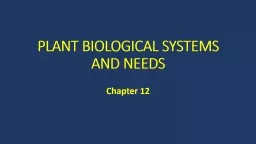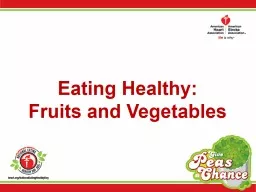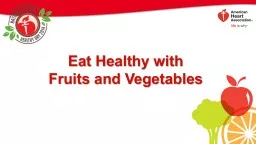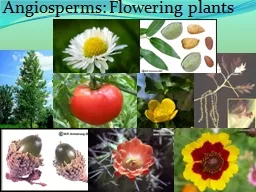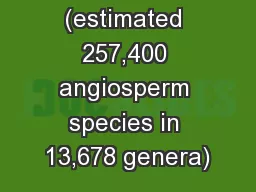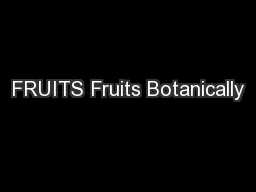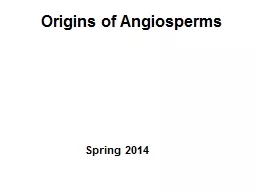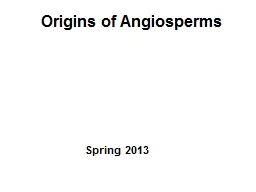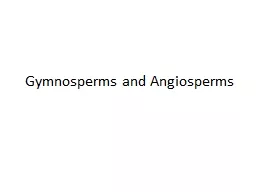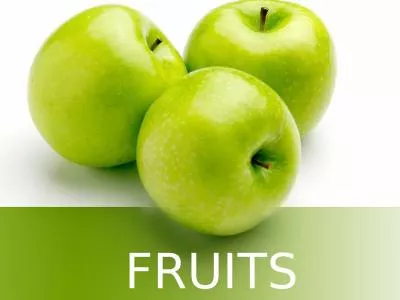PPT-FLOWERS and FRUITS Angiosperms is the name given to plants that produce flowers.
Author : jane-oiler | Published Date : 2018-11-05
The flower c ontains the reproductive o rgans of a plant Male Reproductive Organ Female Reproductive Organ STAMEN Anther Produces sperm nuclei by meiosis Sperm
Presentation Embed Code
Download Presentation
Download Presentation The PPT/PDF document "FLOWERS and FRUITS Angiosperms is the n..." is the property of its rightful owner. Permission is granted to download and print the materials on this website for personal, non-commercial use only, and to display it on your personal computer provided you do not modify the materials and that you retain all copyright notices contained in the materials. By downloading content from our website, you accept the terms of this agreement.
FLOWERS and FRUITS Angiosperms is the name given to plants that produce flowers.: Transcript
Download Rules Of Document
"FLOWERS and FRUITS Angiosperms is the name given to plants that produce flowers."The content belongs to its owner. You may download and print it for personal use, without modification, and keep all copyright notices. By downloading, you agree to these terms.
Related Documents

